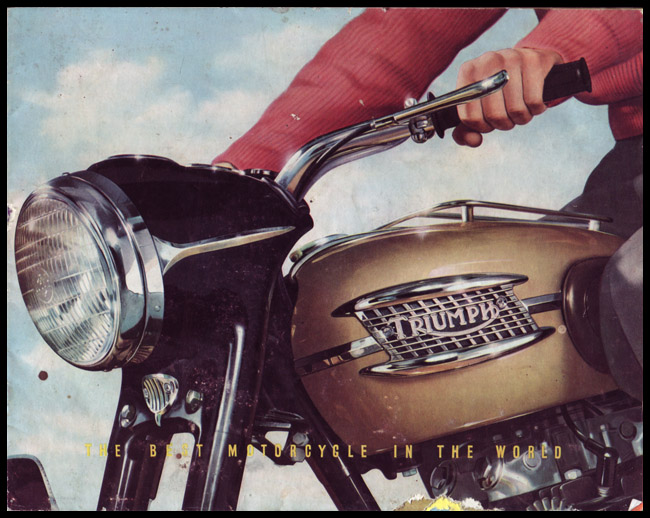



On May 22, 1966, the German Transport Minister, Dr. Hans-Christoph Seebohm, opened the new Motodrom for the German Motorcycle Grand Prix.
In 1930 Ernst Christ, then a young assistant timekeeper, came up with a plan to build a racetrack in his home town of Hockenheim. The town's mayor, Philipp Klein, supported the project, and, on Christmas Day, 1931, the town council unanimously approved the plans for the new circuit. The building work began on March 23, 1932, and only two months later, on May 25, a dream came true when the first motorcycle race in Hockenheim got under way. For this small town, it marked the beginning of an era that would make its name famous throughout the world.
Nearly 30 years later, in 1961, Ernst Christ came up with the spectator-friendly Motodrom concept and in 1965, when the new Autobahn A6 , (Mannheim-Walldorf motorway), separated the village from the main part of the track a new version of Hockenheim circuit was built, with the "Motodrom" stadium section.
After Jim Clark was killed on April 7, 1968 in a Formula 2 racing accident, two chicanes were added and in 1970 the track was lined with crash barriers. In 1982, another chicane was added at the Ostkurve (east curve).
Hockenheimring now has the capacity to hold 120,000 race-hungry fans.


Italy's Renzo Pasolini and Finland's Jarno Saarinen are both killed during the Italian Grand Prix in Monza, Italy.
Renzo "Paso" Pasolini was wildly popular with racing fans with his unpredictable and unrehearsed racing style. Pasolini's rivalry with Giacomo "Ago" Agostini divided Italian racing fans (and the hearts of many a young woman) and while Pasolini's style brought mixed results, it earned him a place in Italian motorcycling lore.
Jarno Karl Keimo Saarinen was an accomplished Speedway racer as well as the Finnish National ice-racing champion in 1963. Unlike most Grand Prix racers Jarno didn't begin his GP career until he was 25.
Despite the installation of new chicanes for cars during the previous year's Formula One season (one was placed before the Curva Grande and one at Vialone), for some reason they were not used for motorcycle racing at Monza. On the first lap of the 250cc class race Pasolini fell in front of Saarinen. Jarno was unable to avoid him and fell as well, causing an insane chain-reaction that would involve fourteen riders and result in the deaths of Jarno and Renzo with many of the other 14 riders seriously injured.
In 1986, Ducati introduced the Ducati Paso, named after Pasolini and designed by Massimo Tamburini, co-founder of Bimota.
Jarno Saarinen's legacy continues to live on. There is still an active Saarinen fan club in Italy. The birth name Jarno became very popular in Italy of many newborn boys in the '70s. One of them is Jarno Trulli, the former Formula-1 driver.
Saarinen remains the only Finn to have won a motorcycle road racing World Championship, winning 15 Grand Prix races during his short career. In 2009, the F.I.M. inducted Saarinen into the MotoGP Hall of Fame.

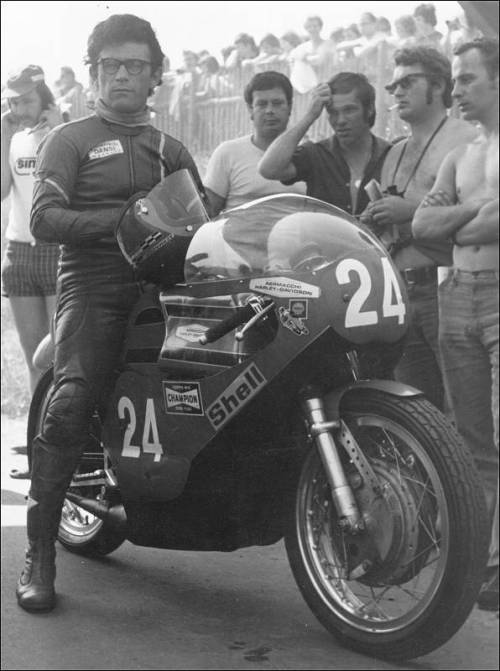

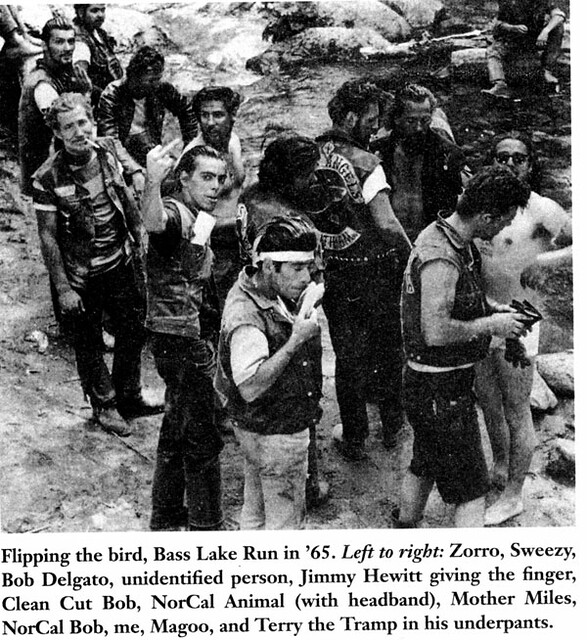

Hell's Angels: The Strange and Terrible Saga of the Outlaw Motorcycle Gangs began as the article "The Motorcycle Gangs: Losers and Outsiders" for the May 17, 1965 issue of The Nation.
In March 1965, The Nation editor Carey McWilliams wrote to Hunter S. Thompson and offered to pay the journalist for an article on the subject of motorcycle gangs, and the Hells Angels in particular. Thompson took the job and the article, published about a month later, prompted book offers from several publishers interested in the topic.
Thompson spent the next year preparing for the new book in close quarters with the Hells Angels, in particular the San Francisco and Oakland chapters of the club and their president Ralph "Sonny" Barger. Thompson was straight-up with the Angels about his role as a journalist, knowing their distrust of reporters for what the club considered to be bad press. Thompson was introduced to the club by Birney Jarvis, a former patch-holder and then police-beat reporter for the San Francisco Chronicle. This introduction, coming from an Angel and reporter, allowed Thompson to get close to the gang in a way others had not been able.
Far from being wary of this outsider, the Angels were sincere in their participation, often talking at length over smokes, shots and beer into Thompson's tape recorder and reviewing early drafts of the article to ensure he had his facts straight. During his writings the Angels often visited his apartment at 318 Parnassus Avenue in San Francisco, much to the dismay of his wife, landlord and neighbors. Thompson, however, felt comfortable with the arrangement, so comfortable that when he was "jokingly" threatened with violence, he allegedly pointed to a loaded double-barrelled shotgun that he kept hanging on his wall and replied in a similar vein that he would "croak two of them first."




The French motorcycle Grand Prix is held at Charade Circuit (also known as Circuit Louis Rosier and Circuit Clermont-Ferrand) in the Auvergne mountains in France near Clermont-Ferrand, which, by the way, just happens to be the home of Michelin. Ooh, la-ti-da.
Dutchman Jan Huberts wins the French Grand Prix 50cc Class aboard his Kreidler beating Japan's Kunimitsu Takahashi.
Kreidler built small displacement motorcycles and mopeds, based in Kornwestheim, Germany. The company was founded in 1903 as "Kreidlers Metall- und Drahtwerke" (Kreidlers metal and wire factory) by Anton Kreidler. They didn't start producing motorcycles until 1951 and by 1959 one third of all German motorcycles were Kreidler!
Eventually moving to racing Kreidler found great success with riders like Huberts, Jan de Vries, Henk van Kessel, Angel Nieto, Eugenio Lazzarini and Stefan Dorflinger claiming eight World Champion titles for the factory.
But, alas, the company went out of business in 1982. The rights to the trademark were sold to Rudolf Scheidt who had Italian manufacturer Garelli Motorcycles make mopeds under the Kreidler name until 1988.






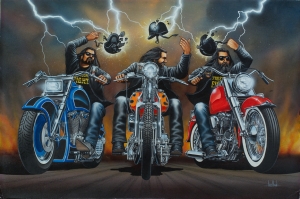






















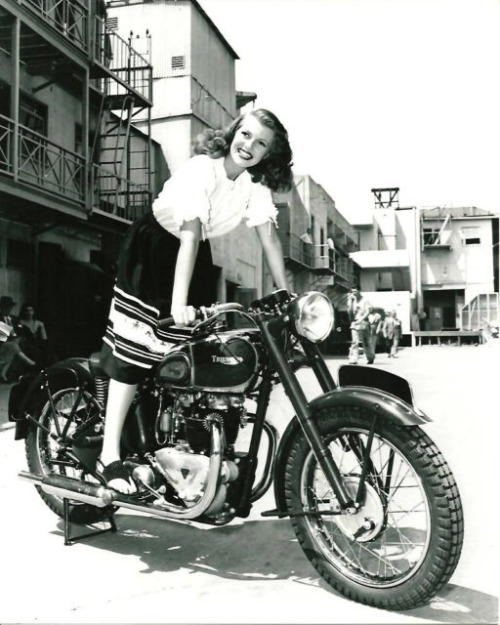
_02B-744570.jpg)
